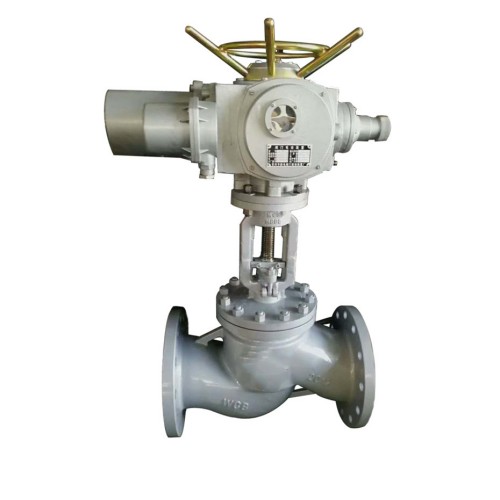types of control valves and their applications
Types of Control Valves and Their Applications
Control valves are essential components in various industrial processes, acting as the regulators of fluid flow and pressure within a system. Their primary function is to modulate the flow of fluids, such as liquids and gases, by varying the size of the flow passage. Understanding the different types of control valves and their specific applications can enhance system efficiency and reliability.
1. Globe Valves Globe valves are among the most commonly used control valves. They feature a spherical body shape and a movable plug (or disc) that can be adjusted to regulate flow. Globe valves are favored for their excellent throttling capabilities, making them suitable for applications requiring precise flow control, such as in power plants and chemical processing facilities. The design allows for minimal turbulence and higher efficiency in controlling flow, although they can have a higher pressure drop compared to other valve types.
2. Ball Valves Ball valves utilize a spherical disk to control flow. When the valve is turned, the ball either allows or blocks the flow path. These valves offer quick shut-off functionality and are known for their durability and resistance to wear. Due to their ability to handle high-pressure applications, ball valves are often utilized in oil and gas industries, water treatment plants, and other situations requiring a reliable on/off operation with minimal flow resistance.
3. Butterfly Valves Butterfly valves feature a circular disc that rotates around a central axis to regulate flow. They are lightweight and compact, making them an excellent choice for large piping systems where space is a concern. Butterfly valves are frequently found in water treatment facilities, HVAC systems, and in the food and beverage industry. Their ability to provide quick operations and their efficiency at large diameters adds to their popularity.
types of control valves and their applications

4. Gate Valves Though less common in throttling applications, gate valves are widely employed for fully opening or closing the flow path. They feature a wedge-shaped gate that moves vertically to control flow. These valves are often used in applications requiring a straight-line flow of fluid, such as in pipelines for water, gas, and oil. Their low-pressure drop across the valve and minimal turbulence are beneficial when a valve needs to be either completely open or completely closed.
5. Check Valves Check valves are designed to prevent backflow in a piping system. They automatically close when fluid attempts to flow in the reverse direction, helping to protect pumps and equipment from potential damage caused by backward flow. Given their critical role in maintaining system integrity, check valves are widely used in various industries, including wastewater treatment, oil and gas, and chemical processing.
6. Pressure Relief Valves These valves are crucial for safety, as they prevent pressure build-up in systems. They are designed to open at a specified pressure, allowing excess fluid to escape and thus protecting equipment from damage. Pressure relief valves are commonly found in steam systems, boilers, and petrochemical industries.
In conclusion, the selection of the appropriate type of control valve is vital for the efficiency and safety of industrial processes. Each type of valve offers unique advantages and is suited for specific applications, making them indispensable in managing fluid dynamics efficiently.
-
The Key to Fluid Control: Exploring the Advantages of Ball Valves in Industrial SystemsNewsJul.09,2025
-
The Versatile World of 1, 2, and 3 Piece Ball ValvesNewsJul.09,2025
-
Stainless Steel Ball Valves: The Ideal Choice for Efficient Flow ControlNewsJul.09,2025
-
Optimizing Fluid Control with Ball Float ValvesNewsJul.09,2025
-
Manual Gate Valves: Essential for Control and EfficiencyNewsJul.09,2025
-
Everything You Need to Know About Butterfly ValvesNewsJul.09,2025
-
The Versatility of Wafer Type Butterfly ValvesNewsJul.08,2025




